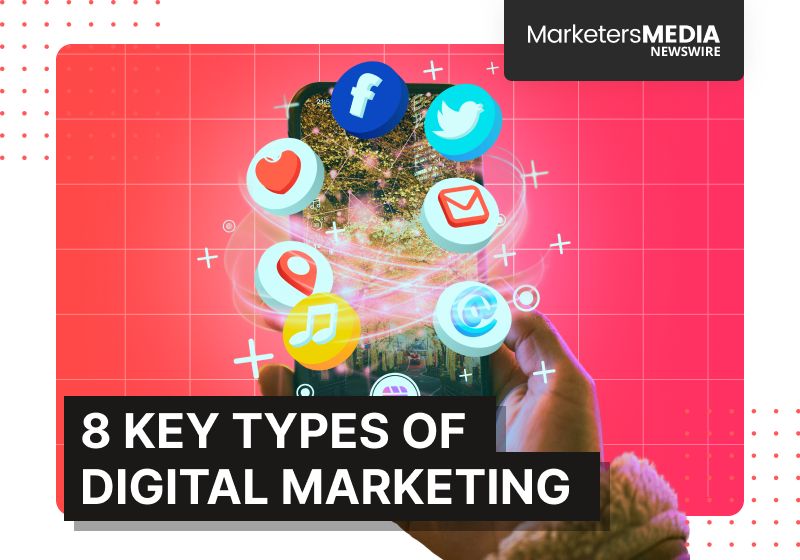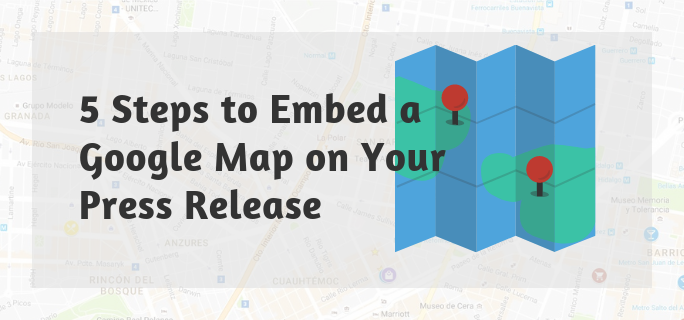Digital marketing covers all those online strategies you use to connect with potential customers.
It is how businesses promote themselves on the internet rather than through traditional channels like billboards or TV commercials.
If you're reading this, you're experiencing digital marketing right now!
Digital marketing gives businesses incredible targeting abilities and measurability that traditional marketing just can't match.
The best part? It often costs less while reaching exactly the people who might want your product or service.
Let's break down the main types of digital marketing channels that businesses rely on today.
#1 Search Engine Optimization (SEO)
SEO is how your website shows up when someone Googles something related to your business—without you paying for the click.
Say someone searches for “best shoes for flat feet.” The sites at the top didn’t get there by luck. They likely did three things well:
- On-page SEO: They wrote content that actually answers the question, used the right keywords, and structured their page so it’s easy to read (for both humans and Google).
- Off-page SEO: They built credibility by getting other reputable websites to link to them.
- Technical SEO: Their site loads fast, works well on mobile, and doesn’t confuse search engines with broken links or messy code.
SEO works best for businesses that want steady, long-term traffic and have the time to invest in content.
It’s especially useful for industries where people research before they buy—like education, services, or e-commerce.
But it’s not instant. SEO takes patience, ongoing effort, and regular updates to stay ahead of algorithm shifts.
Tools like Ahrefs, SEMrush, and Google Search Console can help you track what’s working and optimize for search.
If you’re after quick leads, paid ads might make more sense—which brings us to the next strategy:
#2 Pay-Per-Click Advertising (PPC)
PPC is exactly what it sounds like—you run ads, and you pay only when someone clicks.
The most common example? Google Ads.
You bid on search terms like “plumber near me” or “buy standing desk,” and your ad shows up above the organic results.
If someone clicks, you’re charged. If not, you don’t pay a cent.
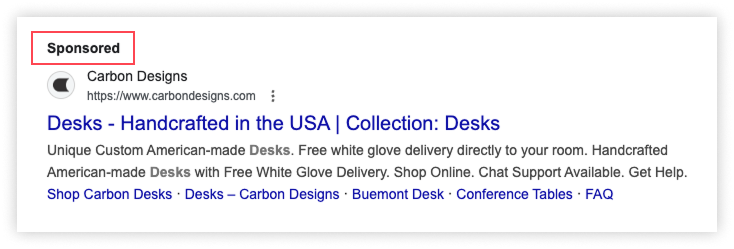
PPC gives you immediate visibility and works well when:
- You need quick results
- You're promoting time-sensitive offers
- You want highly targeted traffic
- You sell products with good profit margins
But speed comes at a price. Popular keywords can cost several dollars (or more) per click.
Without a clear plan, it’s easy to burn through your budget chasing the wrong traffic.
PPC comes in several forms:
- Search ads (text ads in search results)
- Display ads (visual ads on websites)
- Shopping ads (product listings with images)
- Video ads (like YouTube pre-roll ads)
You'll need analytical skills and a decent budget to make PPC work.
Start small, test different approaches, and scale what works.
#3 Content Marketing
Content marketing means creating and sharing valuable content to attract and engage an audience.
It's less about directly selling and more about building relationships with potential customers.
Good content answers questions, solves problems, or entertains your audience. Blog posts, videos, podcasts, infographics, and ebooks all count as content marketing.
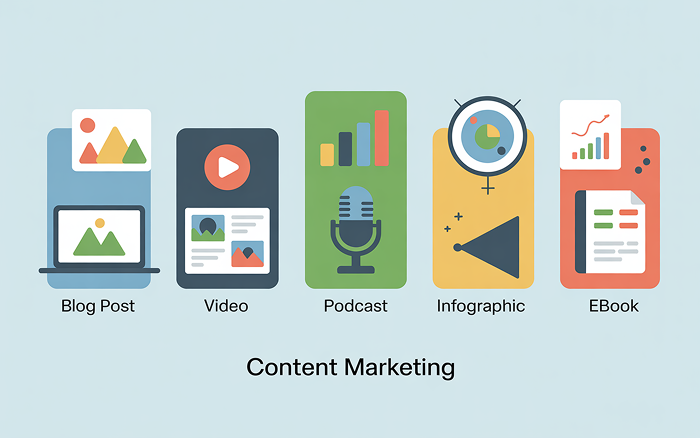
Let’s say you run an accounting software company.
Instead of pitching your product in every post, you publish helpful content like “How to prepare for tax season as a freelancer.”
You answer real questions people are already searching for. And once they trust your advice, they’re more likely to trust your product too.
Content marketing shines when:
- You want to build authority in your industry
- Your customers research before buying
- You need to explain complex products or services
- You’re generating leads over time
- You're building a community around your brand
The challenge with content marketing is consistency and quality. You need a steady stream of good content, which takes time to create.
Great content marketers combine writing skills with strategic thinking. They know what their audience wants and how to deliver it in an engaging way.
To help with that process, tools like Surfer SEO, Clearscope, or even Notion can streamline everything from planning topics to optimizing for search.
#4 Social Media Marketing
Social media marketing uses platforms like Facebook, Instagram, TikTok, LinkedIn, and X (formerly Twitter) to connect with your audience, build your brand, and drive website traffic.
Each platform has its own vibe. LinkedIn works for B2B companies, while Instagram and TikTok are great for visual brands targeting younger audiences.
The key is knowing where your audience actually spends time—show up consistently.
Social media marketing usually falls into two categories:
- Organic social: Building a following and engaging with them through regular posts
- Paid social: Using targeted ads on social platforms to reach specific audiences
Both can work together. You post to stay visible—and use ads to boost what’s working or reach people who haven’t heard of you yet.

Social is great for building brand awareness and community. It works especially well for brands with visual appeal, personality, or a story people want to follow.
The challenge? Algorithms shift constantly, reach can vanish overnight, and posting once a week won’t cut it.
Social media marketers need creativity, strong community instincts, and a sharp eye for what actually resonates.
Tools like Canva (for design), Buffer or Later (for scheduling), and Meta Ads Manager (for paid campaigns) help streamline the work and keep things running smoothly.
#5 Email Marketing
Email marketing involves sending targeted messages directly to your subscribers' inboxes.
Despite being one of the oldest digital marketing channels, it consistently delivers among the highest ROI.
Email works because it's personal, direct, and permission-based. People have already shown interest by subscribing.
Email marketing includes:
- Welcome sequences for new subscribers
- Regular newsletters to stay connected
- Promotional campaigns for products or sales
- Abandoned cart reminders
- Order confirmations, receipts, shipping updates
- Re-engagement campaigns for inactive subscribers
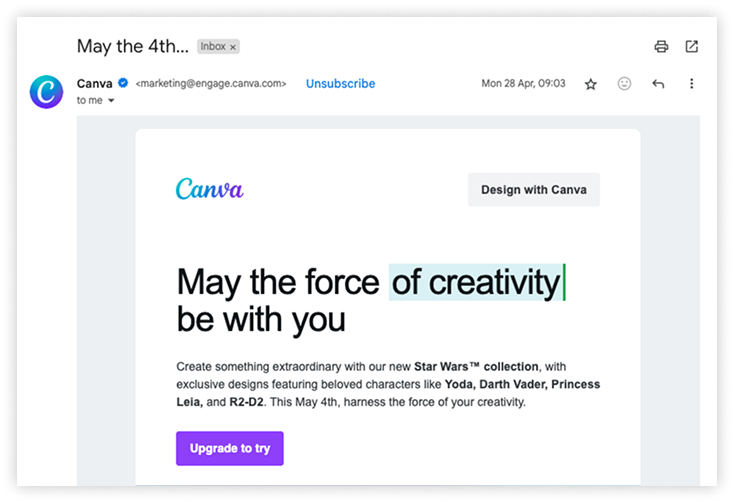
Email marketing is especially effective for keeping existing customers engaged, nurturing leads, and driving repeat purchases.
It’s not great for cold outreach unless you know exactly what you’re doing—and blasting a generic message to a stale or unsegmented list is a quick way to lose trust.
To do it well, you'll need a combination of copywriting, audience segmentation, and basic analytics skills.
Platforms like Mailchimp or ConvertKit make it easier to manage and automate campaigns, but the results still come down to what you send—and who you send it to.
#6 Influencer Marketing
Influencer marketing partners with people who have engaged followings on social media. These influencers promote your products to their audience, lending you their credibility.
These are the people your audience follows, trusts, or at least pauses to watch before scrolling.
They could be YouTubers, TikTok creators, Instagram personalities, LinkedIn thought leaders, or niche bloggers.
What makes it work? Trust. People are more likely to believe a real person sharing their opinion than a polished ad from a brand account.
These creators fall into different types of influencers, based on their audience size and reach:
- Mega influencers: Celebrities with massive reach—but high cost and low engagement
- Macro influencers: Big followings, often in a specific niche
- Micro influencers: Smaller audiences, but high engagement and trust
- Nano influencers: Small followings, often local or highly specific—great for tight-knit communities

Influencer marketing works well if your goal is to build brand trust, expand reach, or show your product in a real-world setting. It’s especially effective for lifestyle, beauty, fashion, and consumer tech brands.
It’s not great if you need strict message control, operate in highly regulated industries, or sell products that require in-depth explanation—most influencer content has to be fast, visual, and easy to digest.
To manage influencer campaigns effectively, you’ll need solid outreach skills, clear communication, and a way to track results.
Tools like Aspire or Upfluence can help you find influencers, manage collaborations, and measure performance.
#7 Affiliate Marketing
Affiliate marketing is like having a sales team that only gets paid when they deliver results.
Here’s how it works:
- Other people promote your product using a unique link.
- When someone clicks it and make a purchase, the affiliate gets a cut—you get the sale.
It’s a low-risk, performance-based channel. And it scales.
One affiliate might bring in a few sales. Dozens or hundreds? That adds up—especially if you’re in e-commerce, software, or info products.
Your affiliates could be bloggers, review sites, influencers, or even customers who love your stuff and want a little incentive to spread the word.
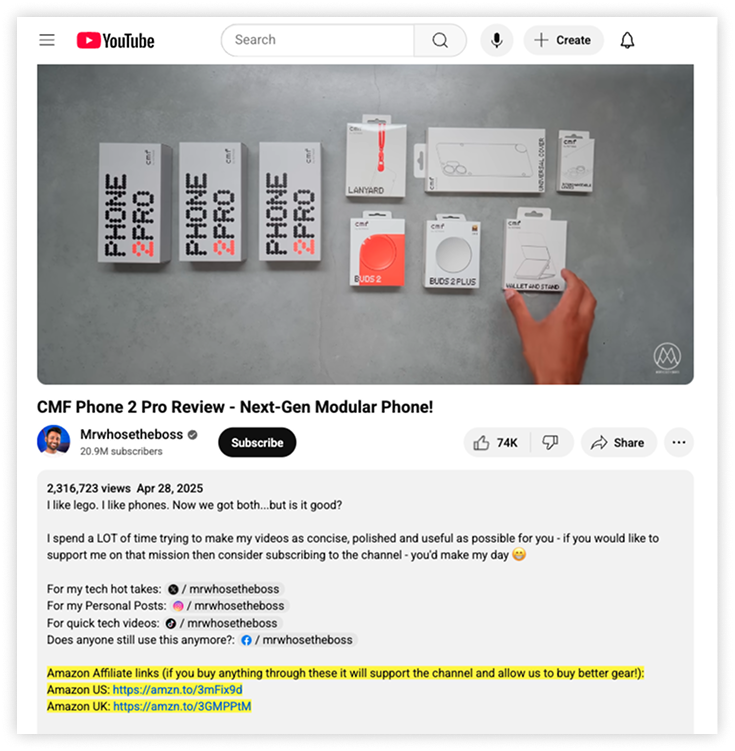
That said, it’s not ideal if you’re extremely protective of your brand image. Affiliates don’t always stick to your tone or messaging. And if you don’t manage it carefully, you might attract low-quality traffic or spammy tactics.
To succeed with affiliate marketing, you'll need a tracking system, commission structure, and guidelines for affiliates. Many businesses use dedicated affiliate platforms to manage their programs.
Affiliate marketing won’t flood your site with traffic overnight, but over time, a good network of partners can become a reliable source of conversions—without the upfront cost of ads.
#8 Mobile Marketing
Mobile marketing targets people on their smartphones and tablets.
It can take a few forms:
- SMS marketing: Sending texts with promos, reminders, or updates
- Push notifications: Alerts from your app that nudge users back in
- In-app ads: Ads that appear while users are scrolling, playing, or shopping
- Location-based marketing: Targeting users based on where they are in real time

It’s personal, immediate, and can feel pretty direct—which is both a strength and a risk.
When done right, it’s convenient. When overdone, it’s annoying.
Mobile marketing works best for local businesses, apps, or brands with time-sensitive offers.
For example, a food delivery app might send out lunch deals at 11:45 AM when hunger hits.
It’s less effective for products with longer decision-making cycles or businesses that don’t offer a mobile-friendly experience. If your site isn’t optimized for phones, there’s not much point sending traffic there.
To pull it off, you’ll need tools like SMS platforms, push notifications services, and a good grasp of timing, consent, and frequency—because nobody likes being pinged five times a day for something they didn’t ask for.
Closing Thoughts
Each type of digital marketing has its strengths and ideal use cases. Most successful businesses use a combination of channels that work together.
Start with the channels that make the most sense for your business goals, resources, and how quickly you need results.
If you need traffic right away, PPC or paid social can get you in front of people fast—just be ready to spend and test.
If you want to build trust over time, content and SEO are strong long-term plays.
Already have an email list? Email marketing is often the highest-ROI channel around.
Selling a visual product? Social media or influencer marketing might work better than search.
Need to reach people on the go? Mobile marketing and SMS campaigns could make sense—especially for local offers or time-sensitive deals.
Working with limited budget or time? Start small, choose one or two that match your strengths, and build from there.
Remember that digital marketing is always changing as platforms evolve and consumer behaviors shift.
Stay curious, keep learning, and be willing to try new approaches as the digital landscape continues to develop.
Want to zoom out and see how digital marketing fits within the bigger picture? Check out our full guide on types of marketing to explore traditional, inbound, outbound, and more.
Free Press Release Template
Tell us where to send your PDF:
